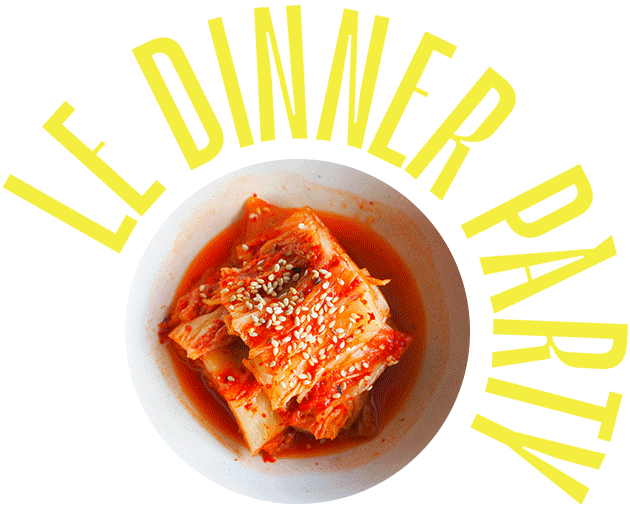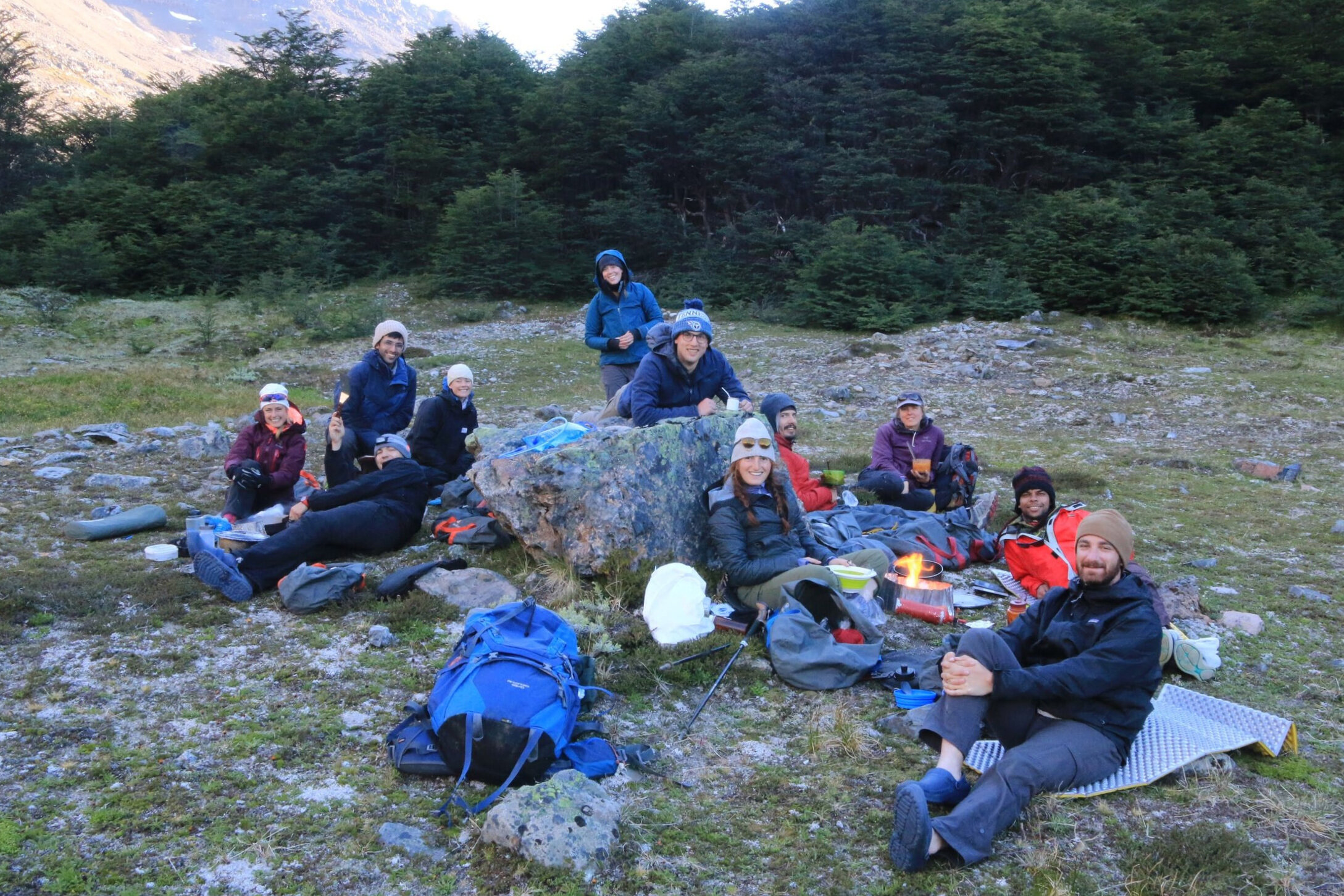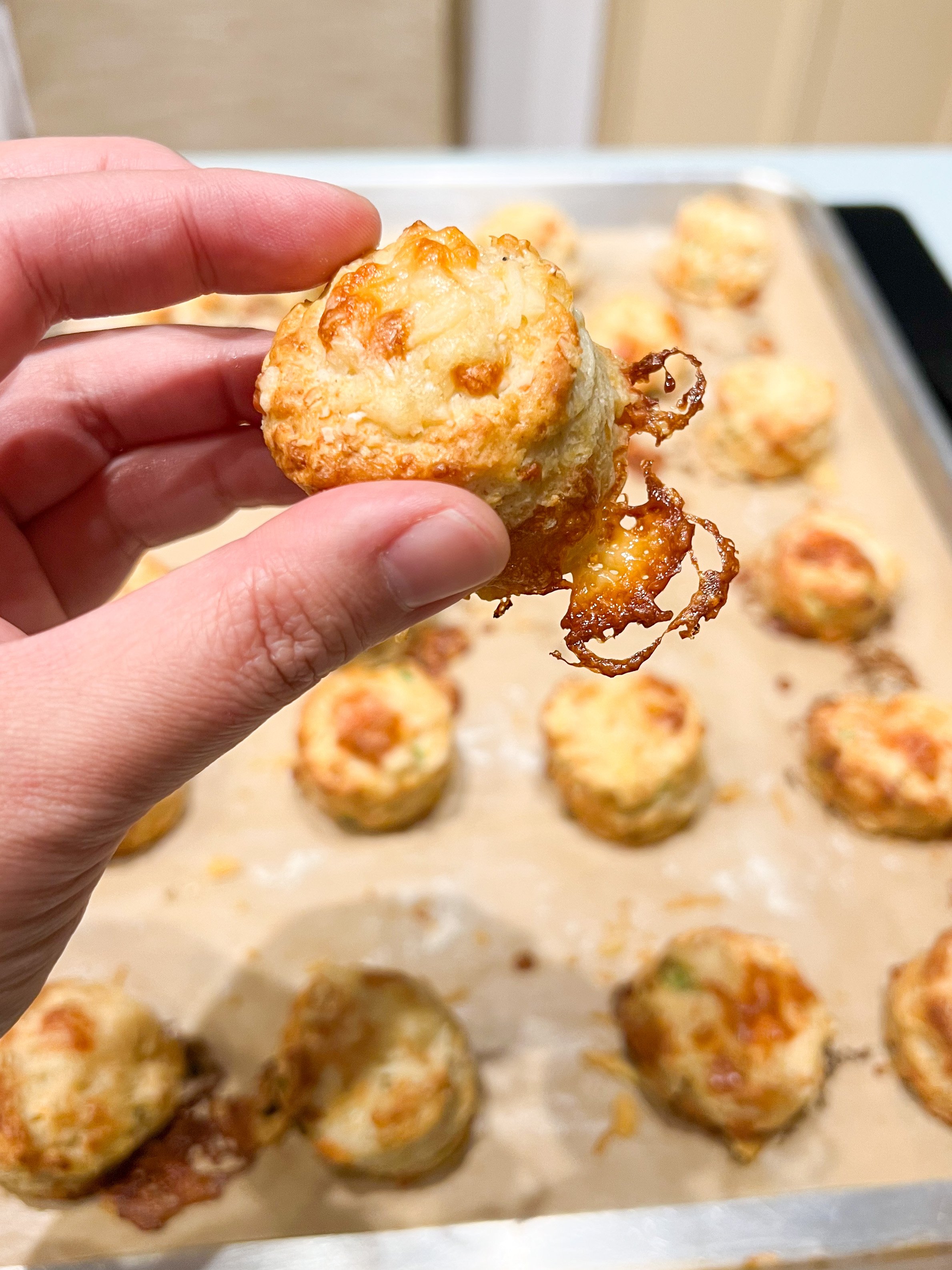You all know this queen. The one who sleeps 4-5 hours a day, goes to yoga before the sun rises, reads gigantic texts books about art, goes to look at art, goes to all of the parties, travels the world, AND is researching/developing cancer cures (she’s a DOCTOR — Oncologist). Well, my “That Queen” is Melissa Mathais. She is an avant garde fashion queen, intellectual, and one of the most loving/generous/nurturing people I know (though she may vehemently deny it). I’m thrilled to share her words and wisdom on using the ever timeless theme party to create memorable moments. You can follow her on the gram @Mmath6!
Chic,
Jen Kim
Radical Hospitality: The Theme Party Edition
By: Melissa Mathais
When Jen pitched this concept [Radical Hospitality], I was viscerally transported to some favorite memories: College ragers, weekend trips, and endless phone calls that all shared an intangible warmth. Warmth that comes from giggles, intellectual kinship, and craft beer. Warmth that is intimacy in community.
I offer to this online community: “The Theme Party”.
The Theme Party is a lifestyle. To take something simple like “sparkle” and then see the creativity and LOLZ your people can manifest (sparkle Hershey wrappers, champagne, glitzy dresses from castaway Christmas skirts, Donnie darko sparkle motion references) is my Radical Hospitality.
I love group brainstorming for a theme that is accessible, borders on inappropriate, and has a tongue-in-cheek relationship to our cultural zeitgeist. While I am sure that each of you have and can come up with personal and hysterical variations, a favorite from my repertoire is TABLOID.
In the years post college, my people were dispersed throughout the US and strapped for ca$h. We converged in Memphis [thank you Southwest Airlines (shameless plug for sponsorship)] for a friend’s 21st again, again, again birthday.
Each of us picked a celeb alter ego to impersonate throughout the weekend. The missive was not to break character for a majority of the 72 hours. For the first time in known history, Victoria Beckham, Marky Mark Wahlberg, Jennifer Lopez and others shared a house, too few beds, and too many handles of tequila. We spent the weekend sightseeing (Graceland is not overrated), visiting local restaurants, and canoodling in coffee shops. This all culminated in a giant house party (see above handles of tequila).
Close to a decade later, I still recall one-liner jokes and ridiculous photos from this weekend. I remember the visionary that was Perez Hilton. I look at Versace’s 20th anniversary throwback to J. Lo’s infamous green gown and know with deep personal conviction that “double sided sticky tape” is not all she used.
I wish each of you a life filled with costumes, laughter, camaraderie, and many ledinnerparty© treats.
Love,
M




















